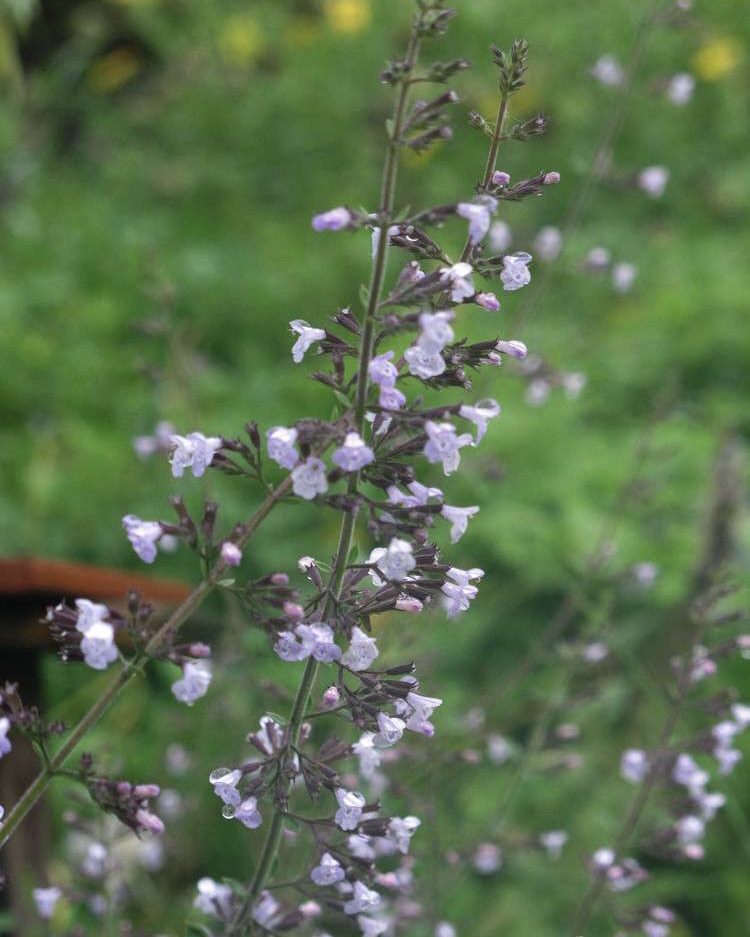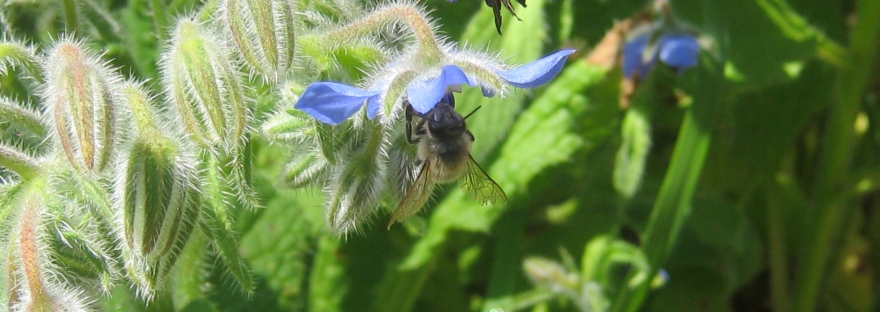I’ve read a wonderful book.
I’m not a big reader, unlike some people in this household. It was passed on to me by the ‘Big Reader’ who sleeps next to me. Tossed casually onto the bed between us. ‘I think you’ll like this’ he said. No more explanation, no exhortation. Just a gentle nudge. This happens every now and then and, without fail, he has judged my mood and needs to perfection.
The book in question is called The Garden Jungle by Dave Goulson. Dave is a scientist – someone who knows stuff having done a lot of research and field work over his life. He specialises in the ecology of insects particularly bumblebees. He founded the Bumblebee Conservation Trust and, I imagine, has been instrumental in engaging and informing the public in recent years of the plight of these industrious creatures.

His book is a treatise, although that makes it sound dry and boring which it most certainly is not, on what we can do in our gardens to support wildlife and nature. He talks about what we used to do before mechanisation and the industrialisation of farming, before weedkillers and pesticides. He talks about neonicotinoids, the nasty substance in weedkillers that farmers would like to use on their crops if they weren’t banned from doing so, and how they have got into the food chain (btw they are in the stuff you put on your animal’s skin to get rid of fleas).
But mostly he talks of a different way of doing things. How, in our gardens, we can do the right thing. Gardens are on the front line of conservation, preserving and creating habitats for wildlife. We can fill them with flowers for pollinators – they don’t have to be wild or even native just a big variety of flowers. Fill your beds and borders and then you won’t have to keep them weeded. And on the subject of weeds. So we have a few. We could leave the pretty ones, or if they are the type we don’t like we could just pull or dig them up to go on the compost heap that can be used to feed the soil when it has been broken down to wonderful ‘black gold’. As a lovely friend of mine said just recently when asked what ‘pet-friendly’ weedkiller could be used to get rid of Rosebay Willow Herb, ‘he might get elephant hawk moth caterpillars if he leaves it’.

Dave suggests creating habitats for wriggly and scurrying things, ponds for swimmy and skimmy things. He is very big on apple trees and thinks, if we have the space, we should all grow at least one. Well, of course, we don’t all have the space for a fruit tree but we can grow some soft fruit or veg in amongst the flowers or in a pot or in a window box.

I think my garden is a haven for wildlife but I have resolved to do more. Dave has just published a paper on the best plants for pollinators. We are told that such and such a plant is good for pollinators, often with the RHS ‘plants for pollinators’ logo on the pot. He has done the research and worked out which varieties the buzzies and the hovers and the flutterbys really like. For example we are told that bees love Lavender. They do. But it turns out that they really, really like Lavandula x intermedia ‘Edelweiss’. And the plant that tops the list for pollinators, the one they are mad for over all others, is Calamintha nepeta. It has been in the study for four years and it attracts a total of 112.5 pollinators per metre square of flowering plants. So that is going in my garden.

Like my ‘big reader’ I am gently nudging you in the direction of this book. I am metaphorically tossing it on the bed for you to read. I think you will be inspired by it as I have been. You might even pop a Calamintha nepeta in your own growing space, it’s not too late to plant it this year, and how the pollinators will love you for it.


I’m off to buy this book right now! Dave Goulson is a hero! I’ve heard him at a talk on bumblebees. I’m also buying Calamintha nepeta. Wonderful tip!
LikeLike